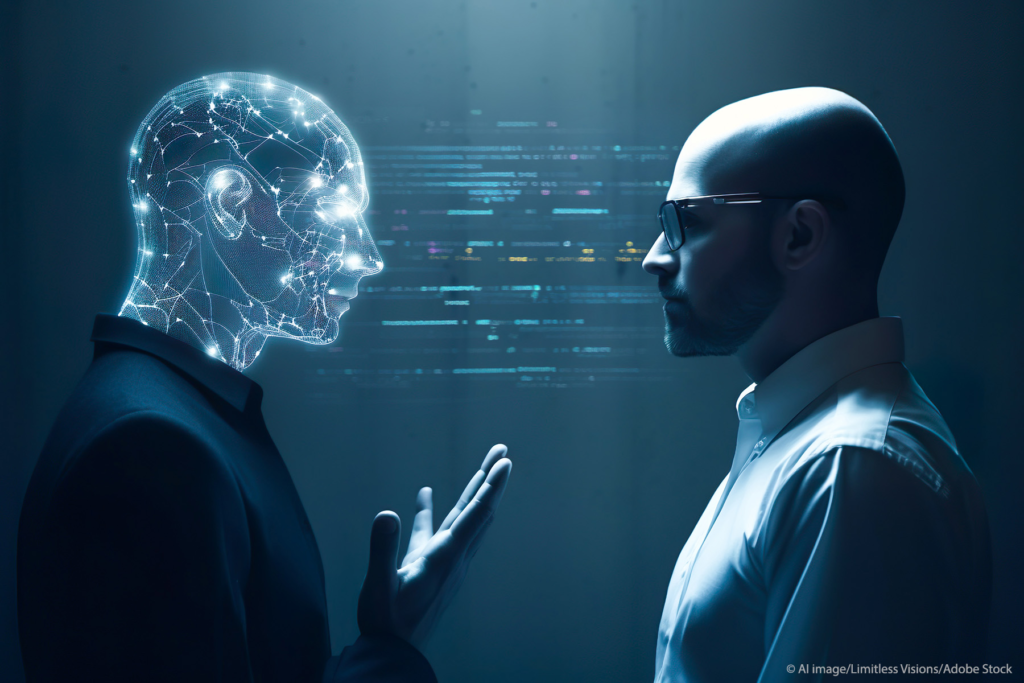
In the world of artificial intelligence (AI), the term “guardrails” has become a very know word. Guardrails in AI development refer to the ethical guidelines, safety measures, and regulations that help keep this powerful technology from going off track. AI is growing fast—faster than most of us can keep up with. But without these guardrails in place, we could be setting ourselves up for major problems down the road.
What Are Guardrails in AI Development?
In simple terms, guardrails in AI development are all about setting boundaries. These boundaries ensure that as AI systems get smarter, they don’t do more harm than good. Imagine driving a car on a mountain road without any barriers—one wrong move, and you’re over the edge. That’s what AI development looks like without these safety measures in place.
Guardrails include everything from ethical guidelines to technical safeguards. These rules help developers build AI systems that align with human values, avoid bias, and operate transparently. Without them, we risk unleashing AI that makes bad decisions, spreads misinformation, or worsens inequality. And honestly, that’s a future nobody wants.
Why Do We Need Guardrails Now?
AI is already involved in decisions that impact our lives—like whether someone gets a job or who qualifies for a loan. As these systems become more advanced, their influence will only grow. That’s why guardrails in AI development are more important than ever. We’re talking about systems that could shape healthcare, security, education, and the economy. And if these systems aren’t checked, the consequences could be pretty scary.
For example, think about bias in AI. Without regulations, AI can pick up and amplify the biases present in the data it’s trained on. This could mean biased hiring systems, unfair policing, or unequal access to resources. Guardrails in AI development help prevent that from happening by setting standards for fairness and accountability.
The Fine Line Between Innovation and Safety
Now, don’t get me wrong—nobody wants to stop innovation. AI is a game-changer, and its potential is enormous. But there’s a fine line between moving fast and being reckless. Some argue that too many regulations could slow down progress. But the flip side? Without enough oversight, we could rush into a future filled with flawed, dangerous AI systems.
That’s the balance guardrails in AI development aim to strike. They’re not about holding AI back—they’re about making sure it moves forward safely. It’s like setting the speed limit on a highway. You don’t want cars speeding uncontrollably, but you also don’t want to crawl at a snail’s pace. A balance of innovation and safety is key.
The Risks of Weak or No Guardrails
So what happens if we don’t set up proper guardrails? Well, things can get messy fast. Imagine AI systems making decisions in healthcare without any checks in place. What if a faulty AI model misdiagnoses a patient or recommends the wrong treatment? The consequences could be life-threatening.
Another risk is the loss of public trust. People are already nervous about AI taking control of critical decisions. If we don’t have transparent, ethical rules guiding AI’s use, that trust will only erode further. And once trust is lost, it’s tough to rebuild.
Where Do We Go From Here?
The future of AI is bright, but only if we’re careful. We can’t just build these technologies and hope for the best. Guardrails in AI development give us a way to harness the power of AI without losing control. Moving forward, we need to ensure these guidelines evolve as quickly as AI itself. The tech world doesn’t slow down, and neither should our efforts to keep it safe.
In the end, AI has the potential to revolutionize industries and make our lives better. But that only happens if we approach its development responsibly. By setting clear guardrails, we can unlock AI’s full potential while avoiding the pitfalls that come with unchecked growth.
So the next time you hear about a new breakthrough in AI, ask yourself: Are there guardrails in place to make sure it’s safe?

